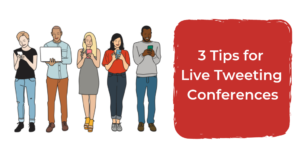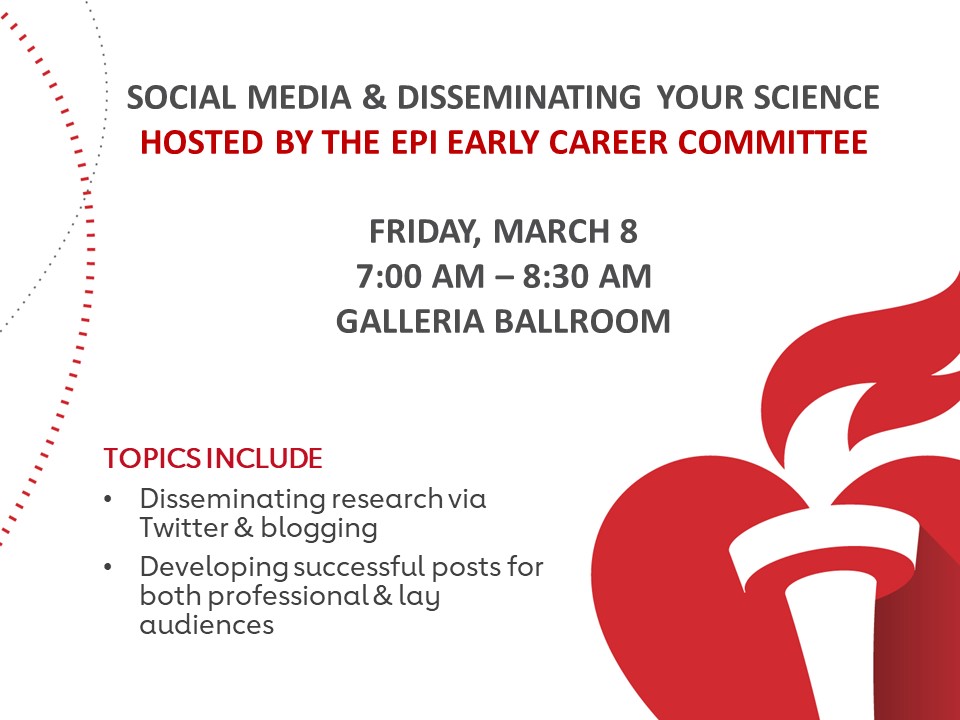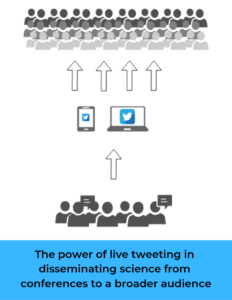Speak to Me: effective scientific communication
What is science communication? What are the differences between a research seminar and a TED-style talk? I recently had a chance to present my research discoveries in a very short (3min) format to fellow colleagues. It didn’t go as well as I planned. I noticed the varieties of styles and topics, so I decided to look into effective ways for science communication. “Science communication is defined as the use of appropriate skills, media, activities, and dialogue to produce one or more of the following personal responses to science: Awareness, Enjoyment, Interest, Opinion-forming, and Understanding”, a contemporary definition of science communication1. Scientists are more aware of the importance of scientific communication in recent decades. The reasons for science communications range from grant requirements, public engagement, to feelings of moral obligation2. Audiences are also very diverse such as interested/non-interested laypeople, engaged stakeholders and policymakers, and scientific colleagues from other disciplines.
Many articles discussed the techniques for effective science communication. They are very accessible through websites. An article published by Steven J. Cooke and colleagues shared a nice collection of useful websites in a table format with emphasis on key resources on science communication for scientists3. With a great wealth of information online, I’m going to share some major points regarding effective science communication.
Know your audiences
For any kind of effective science communication, the first step is to set objectives. Why are you interested in sharing what you know? What do you want your audiences to take home? Then the next question naturally will be who are your audiences? The knowledge depth of your audience decides how you want to present your story. Imagine a nuclear scientist tries to tell a government official that what is radioactive. Think critically about what aspect of your science will reach the target audience. It’s paramount that the information you share is of appropriate complexity. For example, you would describe your research differently to a group of colleagues than to high school students– and even specialized audiences like colleagues are not homogeneous. Some may specialize in a different field.
Avoid acronyms and jargons
One of the biggest obstacles to effective communication is acronyms and jargon. Imagine if you hear a spy uses morse code to communicate. It’s basically the same when a scientist uses his/her “comfortable languages” to talk to “insiders”. Sometimes it forms a special bond and feels very exclusive. Most of the time it saves lots of time and energy to repeat some concepts over and over. Scientific concepts sometimes could be less institutional. Avoid acronyms that could reach a broader audience. Regardless of what forms of communication, acronyms should be critically scrutinized based on necessity and commonality. Multidisciplinary studies embrace effective communication among scientists and acronyms are not going to make it easier. Jargon is a similar but different issue. If you look at the word panel in Fig14. You might find some commonly used words by in the jargon category. When you bury yourself in your specialized field long enough, you might find it harder to distinguish what is jargon and what is not. A group scientists developed a program to help scientists identify jargons4 and there might be other resources online to achieve a similar goal.

Fig1: Screen shot showing words after de-jargoning4.
Focus on the science
It’s not a big surprise for scientists to think and talk about science all the time. Avoiding granular details is one of the top lessons I learned as a graduate student. If you practice this fashion in an extreme way, if could be counterproductive. Good science is the foundation of quality science communication. Don’t lose sight that people are interested in your talk/post because you have a unique science-based perspective. “Avoid patronizing an audience by oversimplifying or glossing over important scientific details, as interested people want to hear about the scientific process and see the data themselves.”3. An effective science communication should include appropriate details which covers significance, background, challenges, as well as results. Be creative, be relatable and be interesting. Most importantly, be true to the data and don’t oversell or overstate the results. Share with the audiences your enthusiasm based on the science, don’t sensationalize and overpromise research outcomes.
Most scientists don’t have formal training in science communication. Universities and government agencies are starting to realize the importance and are working on to incorporating proper training for the next generation scientists. Some universities opened graduate program in science communication major. It’s a fast-growing field that we should all consider improving our science communication skill in the future.
References
- Burns TW, O’Connor DJ, Stocklmayer SM. Science Communication: A Contemporary Definition. Public Understanding of Science. 2003;12(2):183–202.
- Poliakoff E, Webb TL. What Factors Predict Scientists’ Intentions to Participate in Public Engagement of Science Activities? Science Communication. 2007;29(2):242–263.
- Cooke S, Gallagher AJ, Sopinka N, Nguyen VM, Skubel R, Hammerschlag N, Boon S, Young N, Danylchuk A. Considerations for effective science communication. In: ; 2017.
- Rakedzon T, Segev E, Chapnik N, Yosef R, Baram-Tsabari A. Automatic jargon identifier for scientists engaging with the public and science communication educators. PLOS ONE. 2017;12(8):e0181742.
“The views, opinions and positions expressed within this blog are those of the author(s) alone and do not represent those of the American Heart Association. The accuracy, completeness and validity of any statements made within this article are not guaranteed. We accept no liability for any errors, omissions or representations. The copyright of this content belongs to the author and any liability with regards to infringement of intellectual property rights remains with them. The Early Career Voice blog is not intended to provide medical advice or treatment. Only your healthcare provider can provide that. The American Heart Association recommends that you consult your healthcare provider regarding your personal health matters. If you think you are having a heart attack, stroke or another emergency, please call 911 immediately.”





